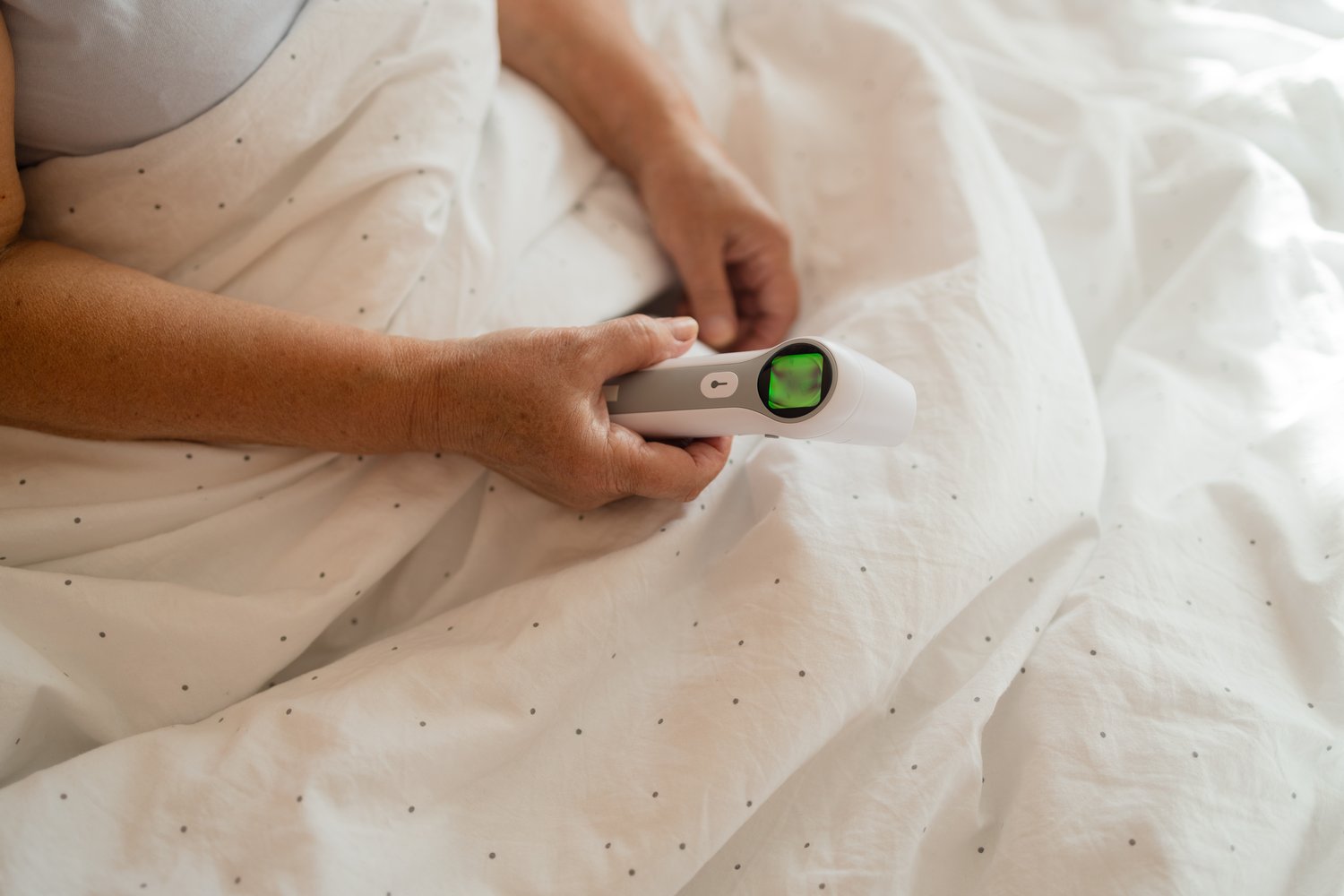Electric heated mattress pads promise cozy warmth and a more comfortable sleep experience—but what happens when things go awry, with unpredictable temperatures interrupting your rest? This article delves into the common malfunctions of these convenient devices, focusing primarily on temperature control issues and their related safety concerns. Uncover why these problems occur and how understanding them can ensure your safety and enhance your comfort.
- Learn about the causes of irregular temperature fluctuations in electric heated mattress pads.
- Discover challenges in achieving consistent temperature control and how it impacts user safety.
- Explore potential safety hazards like overheating and electrical issues, along with preventive measures.
By understanding the intricacies of electric heated mattress pad malfunctions, you’ll be better equipped to manage these challenges, ensuring both safety and comfort during your rest. This article offers insights that not only address these concerns but also empower you to maintain and enjoy your devices safely. Join us as we navigate these issues and foster a community focused on the safe use of electrical products.
Safety Concerns and Solutions with Electric Heated Mattress Pad Malfunctions
Electric heated mattress pads are celebrated for providing warmth and comfort, especially during cold nights. However, they can pose significant safety concerns if proper precautions are not taken. These concerns often stem from overheating, electrical hazards, and potential fire risks.
Overheating Issues
One of the most common safety problems with electric heated mattress pads is overheating. When the temperature control mechanisms fail, these pads can become excessively hot, posing a risk of burns to the user and potentially igniting a fire. Such malfunctions are often caused by faulty wiring, damaged heating elements, or a failure in the thermostat.
To mitigate these risks, it is crucial to frequently inspect your mattress pad for any visible damage. Regular checks of both the power cord and the control unit can prevent overheating. If any part of the pad begins to fray or crack, it is wise to replace it immediately.
Electrical Hazards
Electrical hazards are another major concern with electric mattress pads. These hazards occur due to issues such as short circuits, exposed wires, or moisture exposure. An electric mattress pad should never come into contact with water or excessive moisture, as this can increase the risk of electrical shock.
To ensure safety, always keep your electric mattress pad dry and unplug it when not in use. Avoid using it with any liquid-based heating devices or in environments where water could easily contact the electrified elements.
Solutions for Safe Use
Implementing solutions that adhere to manufacturer-recommended practices can significantly minimize these safety risks. Adopting newer technology that incorporates auto-shutoff features can offer additional protection against overheating. This feature automatically turns off the pad after a certain period or if it exceeds a safe temperature.
Another effective solution is to invest in pads with an automatic temperature control system. These systems can adjust the heat settings according to the user’s body temperature, providing sustained comfort and safety.
Moreover, storing the electric heated mattress pad correctly when not in use is essential. Fold it carefully without sharp bends to avoid damaging the heating wires. This simple step can prolong the life of the pad and maintain its safety.
Remember, the safety of electric heated mattress pads ultimately depends on the user’s diligence and awareness of potential hazards. Always read and follow the manufacturer’s instructions carefully, and if in doubt, consult an electrician or professional for guidance.
By taking these precautions, you can enjoy the warmth and comfort of your electric heated mattress pad worry-free. Stay informed about the latest safety features and technological advances to enhance your experience, and share your safety tips and solutions with others for a safer community.
Understanding Electric Heated Mattress Pad Malfunctions and Temperature Fluctuations
Electric heated mattress pads are a popular choice for those seeking extra warmth and comfort during cold nights. However, users may encounter common malfunctions that disrupt the intended performance of these devices. Identifying these issues is crucial in maintaining optimal functionality, particularly when it comes to temperature fluctuations.
One prevalent issue is the irregular temperature changes that users often experience. These fluctuations can be traced back to several causes, including faulty wiring, a malfunctioning thermostat, or problems with the heating elements themselves. When these components don’t function correctly, they can lead to uneven heat distribution, causing certain sections of the mattress pad to feel warmer or colder than others. This inconsistency not only affects comfort but also raises potential safety concerns.
Another common cause of temperature irregularity is improper use or maintenance. For instance, folding the pad frequently or incorrectly can damage internal wiring, leading to malfunction over time. Additionally, overuse beyond the manufacturer’s recommended duration can contribute to a decline in performance, making regular monitoring and maintenance vital in preventing these issues.
Temperature Control Challenges in Electric Heated Mattress Pads
Maintaining consistent temperature control in electric heated mattress pads is a challenge often faced by users. Operational issues such as thermostat calibration errors can result in temperature settings not being adhered to, leading to discomfort or potential hazards.
In some cases, the automatic shut-off feature designed to prevent overheating may not engage appropriately, causing the pad to remain active longer than intended. This can result in heightened energy consumption and elevated risk levels, particularly if left unattended.
Moreover, varying room temperatures can also impact the effectiveness of electric heated mattress pads. Inadequate insulation within the room or drafts can force the mattress pad to compensate by running at a higher setting, thus promoting wear and disruption in the consistent delivery of warmth.
The impact of these challenges can be significant on both comfort and safety. Users who experience sudden surges or drops in temperature might struggle to get a restful night’s sleep, while potential overheating could pose serious risks. It’s essential to address these operational concerns promptly to enhance user experience and safety.
Frequently Asked Questions: Electric Heated Mattress Pads
What causes temperature fluctuations in electric heated mattress pads?
Temperature fluctuations can be caused by faulty wiring, uneven distribution of heating elements, or a malfunctioning thermostat.
How can I ensure my electric heated mattress pad maintains a consistent temperature?
Ensure the pad is correctly installed and avoid folding or creasing. Regularly inspect and clean the connection points.
Are electric heated mattress pads safe to use overnight?
Yes, if the pad is in good condition and has an automatic shut-off feature. Always follow the manufacturer’s safety guidelines.
What should I do if my electric heated mattress pad overheats?
Immediately unplug the pad and discontinue use. Inspect it for damage and consult the manufacturer.
Can I repair a malfunctioning electric heated mattress pad myself?
It’s recommended to seek professional advice or contact the manufacturer, as DIY repairs can void the warranty or cause hazards.
How often should I inspect my electric heated mattress pad for safety?
Inspect the mattress pad every few months, especially before the winter season, for any signs of wear or damage.





